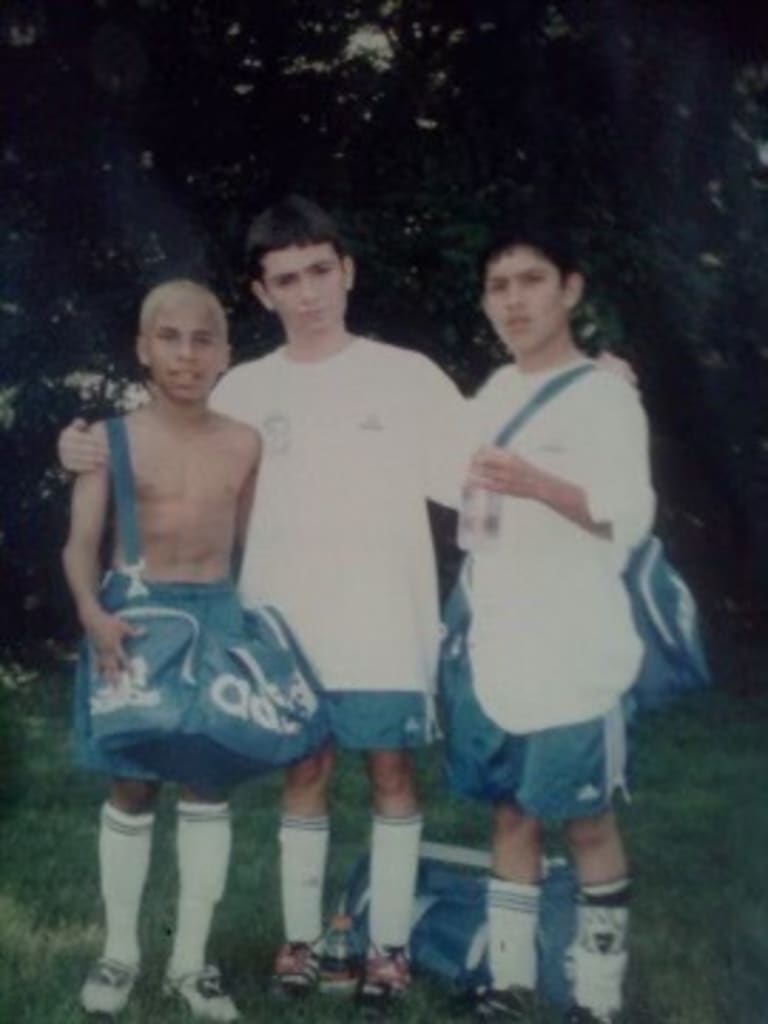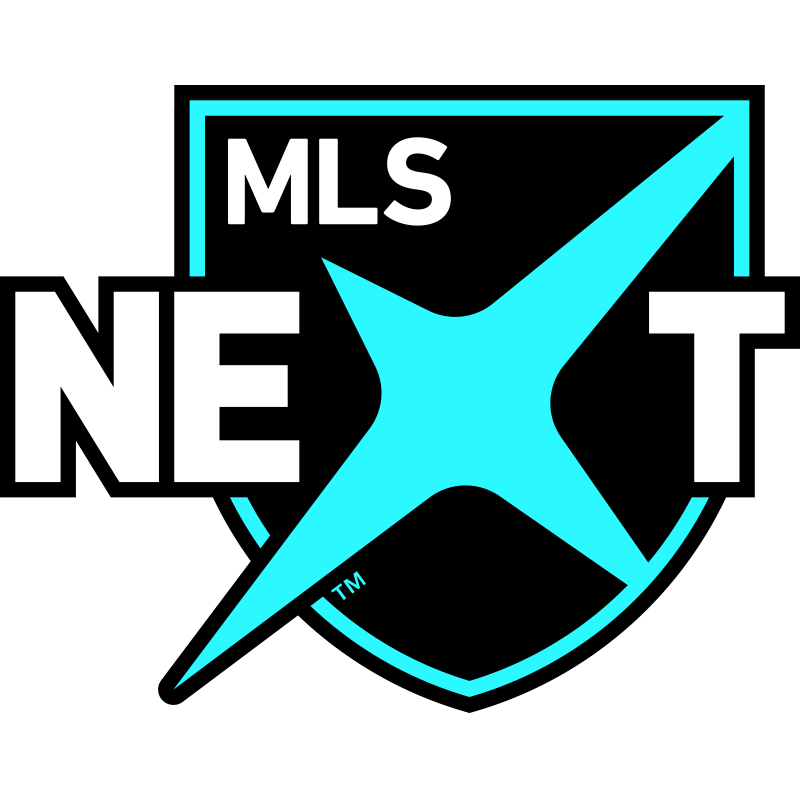The current MLS academy setup is impressive and the country is now starting to see the effects of a proper soccer education. MLS youth development is producing talent the European football market is after.
One look at the names that make up this year's 22 Under 22 presented by BODYARMOR list reveals just how far we've come.
The level of talent is quite different from when I was coming through the youth system more than 20 years ago. MLS academies did not exist, so young players had to excel in club soccer as well as in the Olympic Development Program in hopes they’d get an invitation to a US youth national team camp. Fast forward to today, a myriad of academy players are accumulating valuable training sessions with first teams to go along with professional minutes in MLS NEXT Pro and MLS NEXT.
The path then
When I was a youth player out of New Hampshire, I quickly realized in order to improve I needed to face top competition and be consistently tested. In my father, I had a coach who knew the game very well and had me watch countless VHS tapes of the 1994 World Cup matches. He was born and raised in Gambia and was driven to put me in the best competitive environments to ensure I had the necessary growth to fulfill my potential. He moved me to Massachusetts at the age of 13 to play club soccer. At the time, the Olympic Development Program represented a massive opportunity for kids as it offered them a chance to be in front of the youth national team coaches. The residency program in Bradenton, Florida within IMG’s setup was the ultimate goal.
I was devastated when I was not one of the few players chosen across the country to attend the camp. I was small and didn’t have the strength at that age to hold off much bigger defenders. There were very few options for elite development, but I was able to excel in another way. I attended a prestigious boarding school called Brooks School, which offered an elite education and allowed me to learn many new skills that would help shape me as a person.
At the same time, I made the most of an opportunity I had to play club soccer for FC Greater Boston Bolts under John Kerr, the current Duke men’s soccer head coach. He was the first coach I had who played professionally and he was able to put our club in fantastic tournaments to provide us exposure.
Coach Kerr opened my eyes to the game when he brought our team to Europe to compete against several top academy clubs. We lined up against Celtic, Rangers, Hearts, and a few Premier League clubs. That was the moment I realized I needed to be in Europe. The tempo and the level of pressure to perform convinced me that, to become my very best self, I had to find a way to get there.
At 16 years old I started to grow and my wrestling background allowed me to embrace the contact on the pitch. I finally broke onto the scene for the youth national team through head coach Bob Jenkins, who had previously been my coach. At that time, MLS had no pathway for a young national team player to get consistent quality training and opportunities to play, so the route of choice for most was Division 1 college soccer. The ideal plan would be to play a couple of seasons in hopes you’d be asked to sign a Generation adidas contract.

The path now
It has been amazing to watch kids in this country, at very young ages, get the opportunity to be placed in challenging scenarios with first-team pros. The speed of play forces the youngsters to mature at a faster pace by having to beat the older veterans with their minds and techniques.
A player’s first touch and decision-making are critical to surviving in the game, and young players today now have the opportunity to experience that in a professional training session stateside. The rush to play in Europe does not exist anymore as players can get valuable professional minutes to continue their development before making the move to Europe. Just look at the frequency in which current players in the system are being sold nowadays.
The coaching has improved tremendously as well. No disrespect to the many coaches who helped build the foundation of players in this country, but the fact is now there are far more coaches who have professional experience and many more scouts to find the players who have great potential.
In the past, many players with high aspirations would leave college and the country to turn pro in a desperate search of competition and opportunity that just didn’t exist within MLS during the early 2000s. With increasing salaries that have also eased the desire to leave so quickly, MLS is quickly developing into a factory of talent. We should take a second to appreciate how far we’ve come.
Examples to follow
During my playing career I had the opportunity to play with and against many talented academy products across the world. The players that stand out from the training sessions I had include Erkan Zengin and Petter Andersson in Sweden for Hammarby, D.C.United’s Andy Najar and Bill Hamid, FC Sochaux’s Ivan Perisic, Cedric Bakambu, Marvin Martin and Ryad Boudebouz, and Philadelphia Union’s Brenden Aaronson and Mark McKenzie.
There were various traits they all had in common, mainly listening to the veteran players and having confidence. It’s in these instances where the young players hear about the many ways they can handle difficult situations while playing professionally, including falling out of favor with a coach, how to impress new coaches, dealing with bad form, contract conversations, terrible locker rooms, etc. These young players just wanted to play and listened to every word from veteran players and coaches.
In my first few training sessions in France, I remember Perisic playing in just about every position on the pitch. The coach asked him to play center back at times in small-sided games and he did it with a smile on his face. He ended up making a move to Belgium to play for Club Brugge and the rest was history.
Aaronson's character and his determination to work for the group were impressive from the start. His movement and quick thinking allowed him to keep up with the first teamers at a very young age. Brenden would ask the older players where they liked the ball played and learned their tendencies, which always struck me because he was more interested in making the guys around him better than playing for himself.
Resources and facilities are often brought up when talking to former players and MLS front office members about the progress of academy players. Young players have access to first-class weight rooms, nutrition knowledge and first-team training sessions to catch a glimpse of the work it takes to be successful at the top level.
These opportunities simply did not happen for the older generations in this country. The future is bright for the academy players in MLS and for the US men’s national team. I’m proud to see the progress of our youth development.
We are just getting started.













